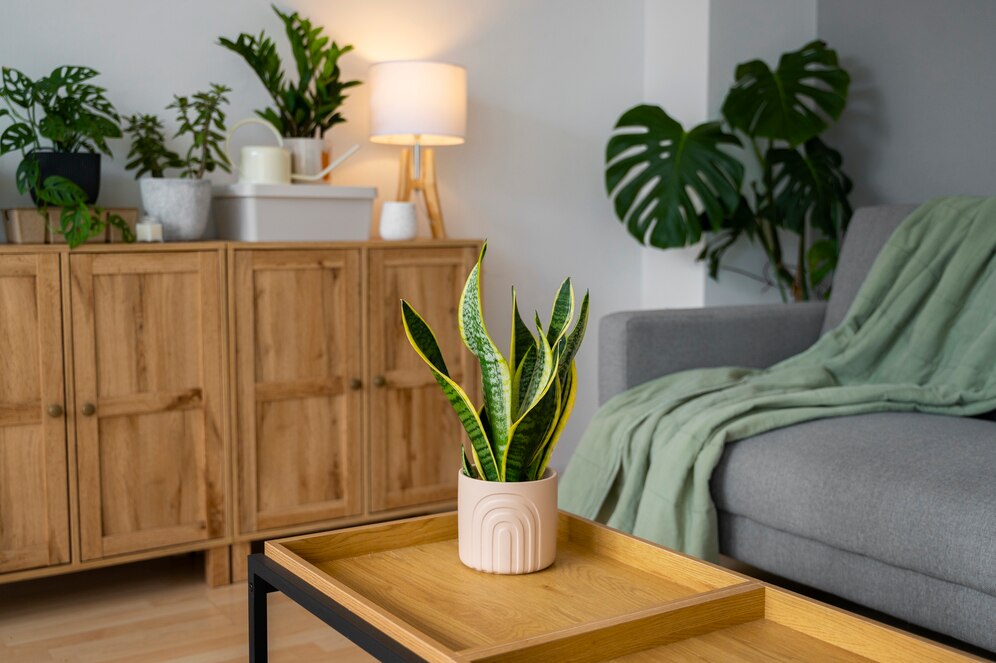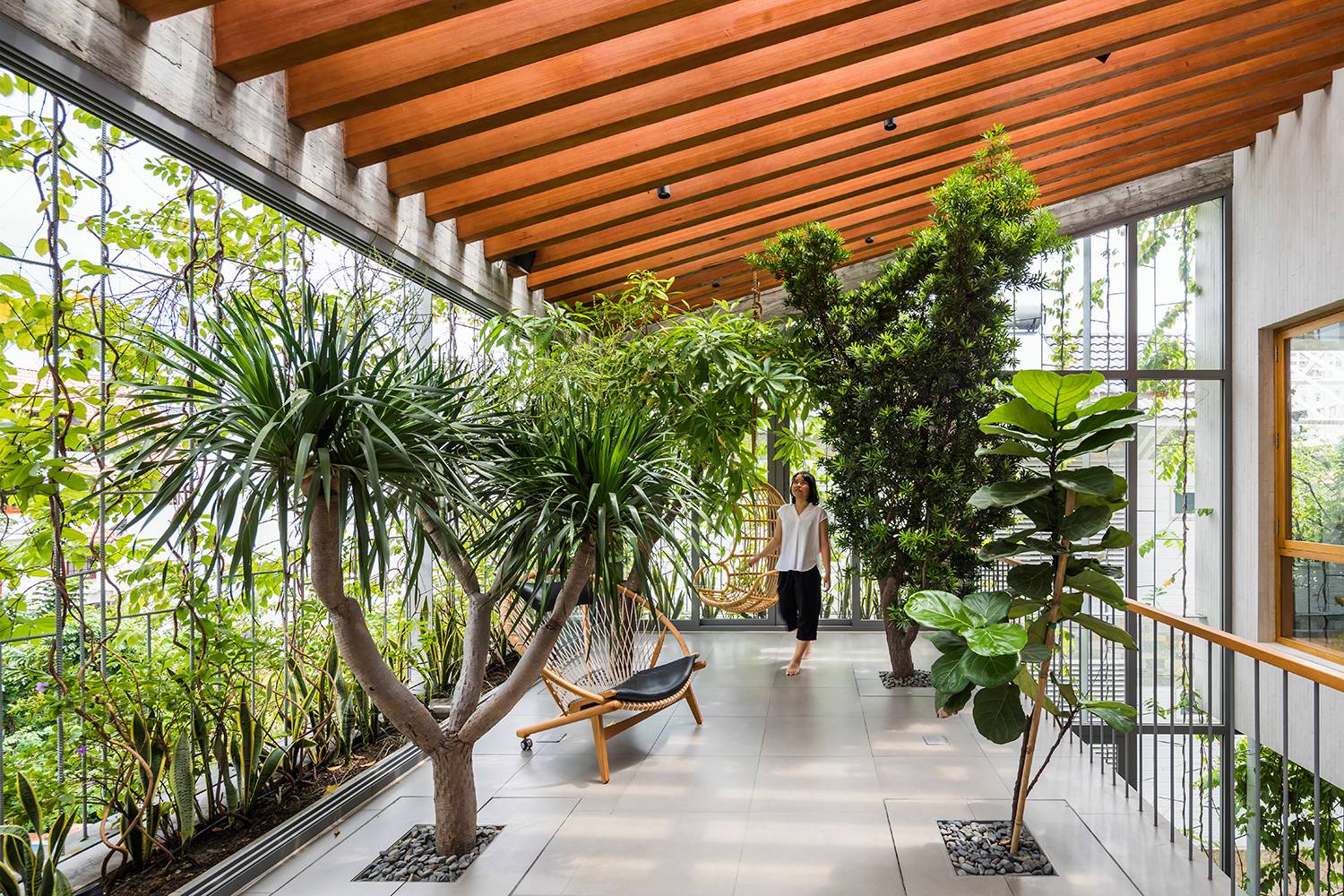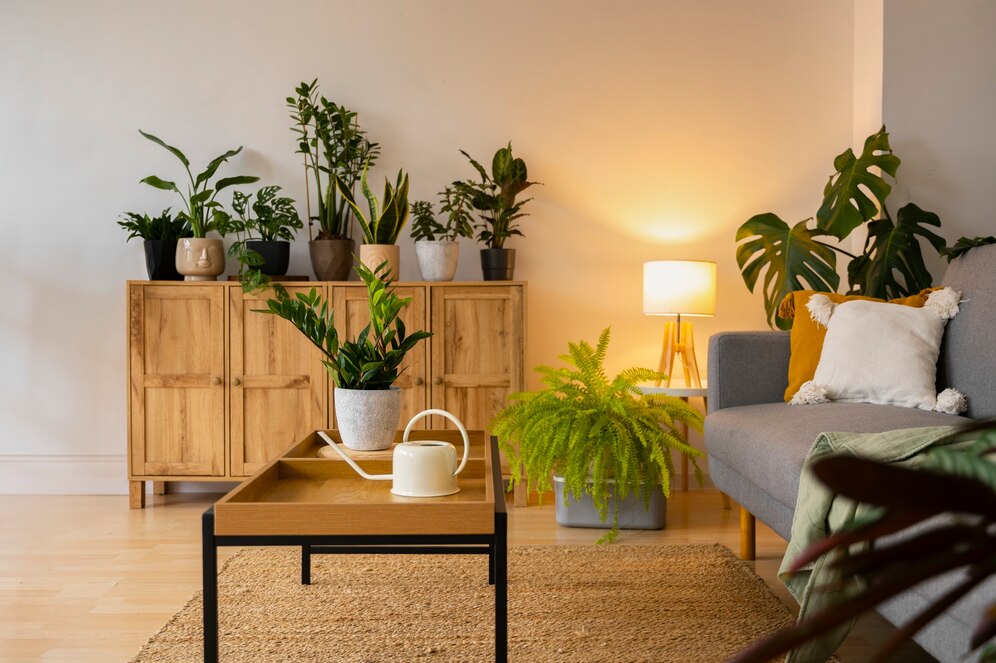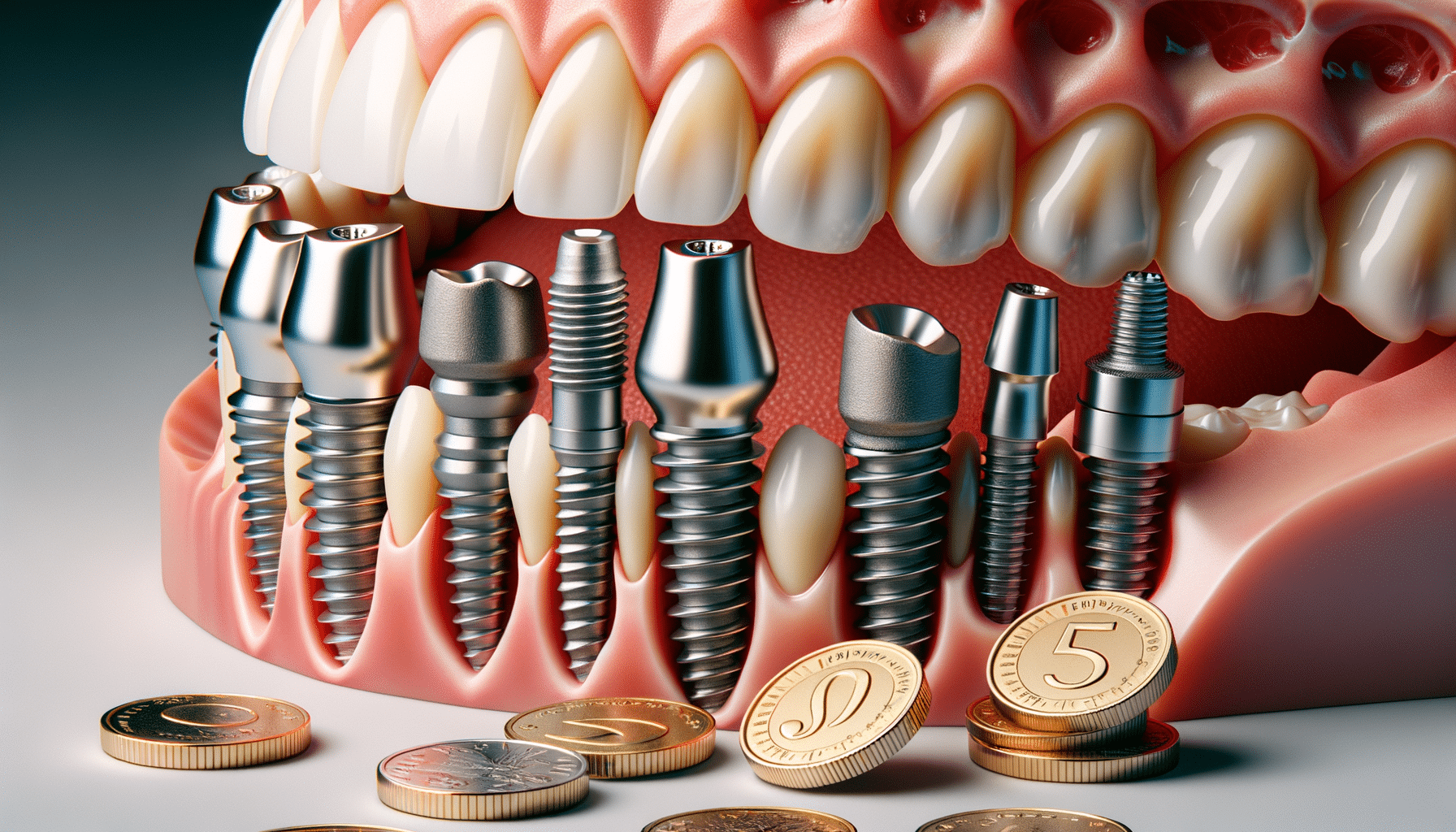
How to Bring Nature Indoors: A Biophilic Design Guide
Biophilic design is becoming popular in modern interiors. It brings nature inside. It seeks to strengthen the bond between people and nature. It does this by using organic elements, natural materials, and earthy looks. This approach goes beyond just adding plants. It mixes nature with architecture to boost well-being, productivity, and creativity.
This guide will cover the benefits of biophilic design. We’ll also show you simple steps to use it in your home. Plus, we’ll share expert tips to help you avoid common mistakes. Biophilic design can turn your home into a healthier, harmonious space. It’s great for a calm home office or a wellness-inspired living area.
Pro Tip: Biophilic design brings nature indoors to promote well-being, creativity, and productivity. By integrating natural light, plants, and organic materials, you create a space that nurtures both mind and body.
Quick Guide: How to Bring Nature Indoors with Biophilic Design
- Assess Your Space – Identify areas where you can introduce natural elements such as light, plants, and organic materials.
- Maximise Natural Light – Install larger windows, use light colours, and incorporate mirrors to enhance sunlight.
- Introduce Indoor Plants – Add greenery with plant walls, hanging planters, or clusters to create a vibrant environment.
- Incorporate Natural Materials – Use wood, stone, and natural textiles to add warmth and texture.
- Add Water and Sound Elements – Include small water features or natural sound machines to promote relaxation.
Important Tip: Balance is key. Avoid overloading your space with too many plants or purely focusing on aesthetics. Prioritise functionality and a harmonious design to create a comfortable, welcoming environment.
Key Benefits of Biophilic Design

Biophilic design goes beyond looks. It provides real health and wellness benefits supported by science.
1. Improves Mental and Physical Well-Being
- Exposure to nature indoors reduces stress, lowers blood pressure, and improves mood.
- Natural light regulates circadian rhythms, promoting better sleep and overall health.
- Indoor plants purify the air by absorbing toxins and releasing oxygen.
2. Boosts Creativity and Productivity
- Studies show that biophilic workspaces enhance creativity and problem-solving skills.
- Employees in offices with plants and natural light report higher productivity and job satisfaction.
3. Enhances Home Aesthetics
- Incorporating organic textures and greenery makes living spaces visually appealing and inviting.
- Nature-inspired design creates a calming and welcoming atmosphere.
Step-by-Step Guide to Incorporating Biophilic Design
Whether you’re designing a single room or transforming your entire home, follow these practical steps to create a biophilic environment.
Step 1: Assess Your Space
Before you start, evaluate the current state of your space. Identify areas where you can introduce more natural elements, such as:
- Light: Consider the natural light flow and how it can be enhanced.
- Views: Identify windows or outdoor-facing areas where you can maximise nature views.
- Available Space: Determine where you can add plants, water features, or organic materials.
Tip: Stand in different areas of your home at various times of the day to observe light patterns. This will help you decide where to place plants or mirrors.
Step 2: Maximise Natural Light
Natural light is a core element of biophilic design. It not only brightens the space but also has health benefits, including boosting vitamin D levels and improving mood.
Ways to Increase Natural Light:
- Install Larger Windows: Opt for floor-to-ceiling windows if possible.
- Use Light-Coloured Paint: Reflective surfaces and pale colours enhance light dispersion.
- Incorporate Mirrors: Strategically place mirrors opposite windows to reflect natural light and make rooms appear larger.
- Choose Sheer Curtains: Avoid heavy drapes that block sunlight. Instead, use sheer or linen curtains to let in more light.
Step 3: Introduce Indoor Plants
Plants are essential in biophilic design as they bring greenery, purify the air, and create a natural aesthetic.
How to Add Plants Effectively:
- Create a Plant Wall: Vertical gardens add a striking biophilic feature without taking up much space.
- Use Hanging Planters: Perfect for small areas, they add visual interest while preserving floor space.
- Cluster Plants: Group plants of different sizes and textures together to create a lush, dynamic display.
Best Low-Maintenance Indoor Plants:
- Snake Plant: Improves air quality and thrives in low light.
- Peace Lily: Known for its air-purifying abilities.
- Pothos: A hardy plant perfect for beginners.
- Spider Plant: Excellent for removing indoor air pollutants.
Step 4: Incorporate Natural Materials
Using natural materials adds warmth and texture to your home while enhancing the biophilic ambience.
Ideas for Natural Materials:
- Wooden Furniture: Opt for sustainably sourced wood. Choose raw or lightly polished wood for a more natural look.
- Stone Accents: Use stone for countertops, walls, or decorative elements.
- Natural Textiles: Select linen, wool, cotton, and bamboo fabrics for furnishings and decor.
Tip: Choose eco-friendly or reclaimed materials whenever possible to promote sustainability.
Step 5: Add Water and Sound Elements
Water features and natural sounds promote relaxation and create a multisensory experience.
Ways to Introduce Water and Sound:
- Indoor Water Fountain: A small tabletop fountain adds a calming water sound.
- Nature Sound Machines: Use devices with natural sounds (e.g., birds, rain) to enhance ambience.
- Open Windows: Let in natural outdoor sounds, like birdsong or wind.
Advanced Tips & Common Mistakes to Avoid

To fully embrace biophilic design, follow these expert recommendations and avoid common pitfalls.
Best Practices
- Prioritise Nature Views: If you have large windows, arrange seating areas to face outdoor scenery.
- Blend Indoor and Outdoor Spaces: Use large glass doors or retractable walls to create a seamless transition to gardens or balconies.
- Incorporate Natural Patterns: Use wallpapers or decor with organic shapes and leaf-like patterns to mimic nature.
Common Mistakes to Avoid
- Overloading with Plants: While plants are beautiful, too many can make a space feel cluttered. Keep a balance to maintain harmony.
- Ignoring Plant Maintenance: Some plants require specific care. Choose species suited to your lifestyle and environment.
- Prioritising Aesthetics Over Functionality: Don’t compromise the functionality of your space by over-focusing on aesthetics. Ensure your design choices are practical.
Expert Insights & Lesser-Known Techniques
- Multisensory Design: Beyond visual elements, add natural scents (e.g., essential oils) and sounds for a full sensory experience.
- Wellness Nooks: Create a cosy corner with plants, soft seating, and nature-inspired decor for relaxation or meditation.
- Use Biophilic Art: Incorporate artwork depicting natural landscapes or botanical prints to enhance the design.
Frequently Asked Questions (FAQs)
Q1: Can biophilic design work in small spaces?
Yes, biophilic design is highly adaptable. In small spaces, use hanging plants, vertical gardens, or nature-inspired decor to bring in greenery without taking up floor space.
Q2: Do I need to remodel my home to achieve a biophilic design?
No, you don’t need to remodel. Simple changes, such as adding plants, using natural textiles, and increasing natural light, can significantly enhance the biophilic feel.
Q3: How do I maintain indoor plants in low-light conditions?
Choose low-light plants like snake plants, ZZ plants, or peace lilies. Use grow lights to provide additional light when necessary.
Q4: Is biophilic design expensive to implement?
Not necessarily. While large-scale projects may involve costs, you can introduce biophilic elements affordably by adding plants, using natural materials, and incorporating nature-inspired art.
Q5: Can biophilic design increase my home’s value?
Yes, homes with biophilic features, such as large windows, green walls, and natural materials, are often more appealing to buyers and may increase property value.
Transform Your Home with Biophilic Design

Biophilic design isn’t just a trend; it’s a lifestyle. It boosts wellness, sparks creativity, and fosters harmony with nature. You can create a calm and attractive space by using natural light, plants, organic materials, and water features. This environment also boosts health.
Begin with a few plants and natural elements, then slowly add more biophilic features. Biophilic design adds beauty, calm, and wellness to any space. Whether you’re updating your living room or your whole home, it makes a difference.
Ready to embrace biophilic design? Share your experiences and ideas in the comments below.

